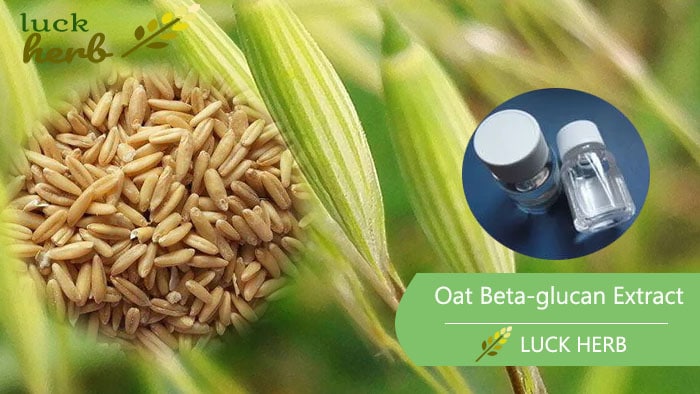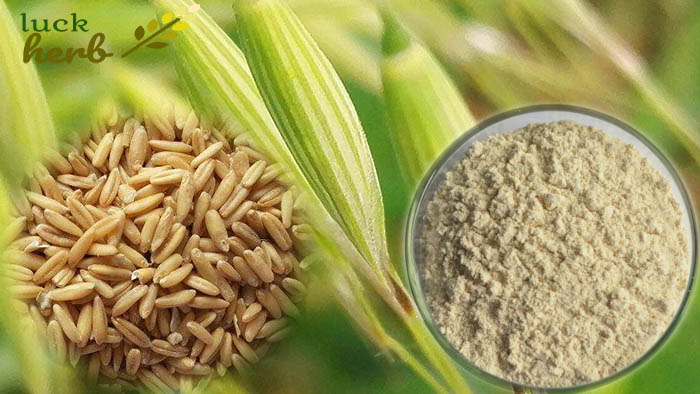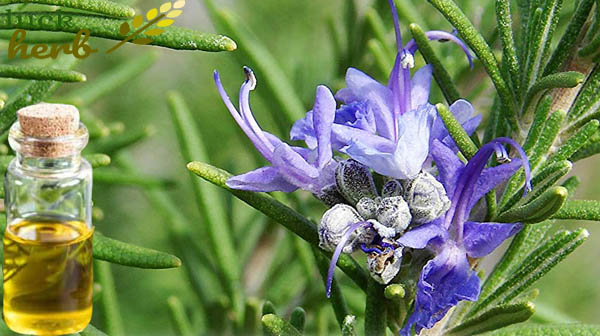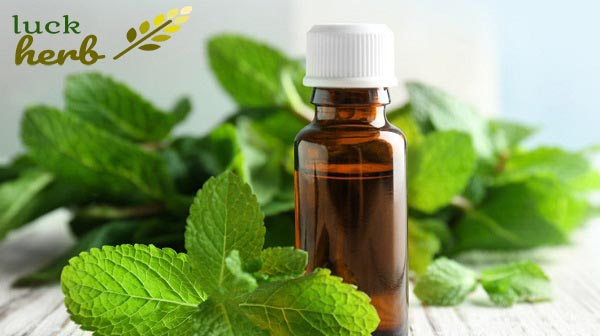
Bulk Oat beta-glucan 1% liquid cosmetics grade Supplier
Oat beta-glucan 1% Properties
| Product Name | Oat beta-glucan 1% liquid cosmetics grade |
|---|---|
| Alias Name | Avena sativa |
| Active Ingredients | beta-glucan |
| Specification | 1% |
| Appearance | transparent liquid |
| CAS No. | 9041-22-9 |
| molecular structure | C18H32O16 |
| Package | 1 kg/bag, 25kg/drum |
| Origin | Guangdong, China |
Oat beta-glucan 1% Introduction
Oat beta-glucan is derived from oat, which is scientifically known as Avena sativa. Oat is a well-known cereal grain with multiple health benefits. The soluble dietary fibers present in the oat are primarily responsible for its health benefits. In 1997, the Food Drugs Administration (FDA) allowed claiming health-related benefits for oat-containing products when it provides 0.75 g of β-glucan per serving portion. The potential health-promoting benefits of oat beta-glucan are well documented. People belonging to developed countries have started consuming oat beta-glucan from long before, just after the discovery of its health benefits. The consumers of oat beta-glucan are gradually increasing from all over the globe. Its health-promoting potentials of oat beta-glucan are spreading among the general population.
What is Oat beta-glucan?
Oat containing soluble fiber comprises a specific class of polysaccharides known as beta-glucan. Oat beta-glucan is a non-digestible polysaccharide that includes a chain of glucose molecules that compose mixed-linkage (1, 3) (1, 4)-β-D-glucose units. Oat beta-glucan has different alternative names like Oat β-Glucan, Beta-1,3/1,6-D-Glucan powder, BGF-Immune, oat fiber, PromOat, B-CAN, β-(1-3, 1-4) Glucan, Avena sativa, Beta-D-glucans, Avenacare, etc.
The CAS number of oat beta-glucan is 9041-22-9. The molecular structure of oat beta-glucan is C18H32O16. The molecular weight of the oat beta-glucan is 504.4. Oat beta-glucan is water-soluble (20 mg/mL) and gives a faintly yellow-colored clear solution.
Types of Beta-glucans
Oat and barley are the two kinds of cereals that contain beta-glucans. But some bacterial, fungal, and yeast cell walls also have Beta-glucans as a natural component. However, every source has a specific molecular backbone, branching level, and molecular weight. Therefore, Beta-glucans from different sources have different solubility and physiological effects. Beta-glucans derived from yeast are commonly used in bakeries. However, some mushrooms like Chaga, lingzhi, maitake and shiitake contain beta-glucans. However, these beta-glucans are under preliminary research to discover their health impacts. Broadly beta-glucans are classified under two categories fermentable fiber and cereal.
Fermentable fiber
Dietary fiber is the primary source of fermentable fiber. Alternatively, fermentable fiber is also known as prebiotic fiber. Fermentable fiber is good for microbiota present in the colon and provides bulk to fecal material to eliminate constipation. Byproducts of fermentable fiber are short-chain fatty acids that have multiple physiological activities like assisting in digestive function, cholesterol and glucose metabolism, immune system functioning, etc.
Cereal
Oatmeal is a common source of Cereal beta-glucans. However, barley, wheat, and rye are other sources of Cereal beta-glucans.
Here it is necessary to mention that oats and barley both contain beta-glucans. But the ratio of trimer and tetramer 1-4 linkages is different in beta-glucans obtained from oats and barley. The degree of polymerization is higher than 4 in barley, along with 1-4 linkages present in it. However, the majority of barley blocks remain trimers and tetramers. In oats, β-glucan is found mainly in the endosperm of the oat kernel, especially in the outer layers of that endosperm.
Constituents of Oats
Oat is different from other grain crops at it is a rich source of protein and lipids. Oat also abundantly contains dietary fiber, especially soluble beta-glucans. Oat’s macro-nutrient compositions contain starch 60%, protein 14%, lipids 7%, and β-glucan 4%. Oat is also a good source of micronutrients like potassium. Apart from these macro and micronutrients, some phenolic components are also present in them.
Oat beta-glucan forms and specifications
Oat beta-glucan standard quality extract contains 70% of beta-glucan. The specification for a cosmetic grade is 1% liquid. However, the custom standardized extract specification lies between 10%-98%. Oat beta-glucan manufacturers and suppliers transport the ordered items by using different courier services like FedEx, UPS via air or sea. Usually, the package details of Magnolia Bark Extract are 1kg/bag and 25kg/drum.
Beta-glucan vs. hyaluronic acid
Beta-glucan is a soluble fiber present in the outermost layer of the oat kernel. Beta-glucan is a non-digestible polysaccharide that contains glucose molecules. Glucose molecules are linked together by a series of beta-(1, 3) and beta-(1, 4) linkages. The CAS number of oat beta-glucan is 9041-22-9. The molecular structure of oat beta-glucan is C18H32O16.
Hyaluronic acid is an anion present in the extracellular matrix of tissue. Chemically, it is non-sulfated glycosaminoglycans (GAG). Repeating polymeric disaccharides compose the hyaluronic acid structure. The chemical formula of Hyaluronic acid is (C14H21NO11)n. The CAS number of hyaluronic acid is 9004-61-9.
Both Beta-glucan and Hyaluronic acid have potent skin moisturizing and anti-aging properties. But research evidence stated Beta-glucan has 20% more skin hydrating properties compared with Hyaluronic acid in the same concentration. In a broader aspect, Beta-glucan is considered a humectant. It can moisturize the skin externally and prevent moisture loss from internal skin tissue. Beta-glucan locks the skin moisture by forming a thin film over the skin surface. However, hyaluronic acid does not form such a film. Beta-glucan also more deeply penetrates the skin tissue than hyaluronic acid and hydrates skin tissue internally. All these differences make beta-glucan better for skin health than hyaluronic acid.
How does oat beta-glucan work
The mechanism of action of Oat beta-glucan, particularly on skin health, is based on collagen synthesis stimulation that provides anti-aging benefits. Research findings reported that Oat beta-glucan could penetrate through the intercellular matrix and reach the wrinkle-prone site to prevent and improve skin wrinkles. Oat beta-glucan-containing personal care products induce cellular activities. Thus, it effectively participates in skin restructuring and reduction of fine lines and wrinkles.
Oat beta-glucan Manufacturing Process
Oat is the primary raw ingredient required for manufacturing the oat beta-glucan. Previously, isolation and purification of oat beta-glucan were extremely difficult. But gradually, advanced technology is developed and used for extracting the oat beta-glucan. The alkaline extraction process is based on β-glucan solubility in hot water and alkaline solutions. The isoelectric precipitation method is utilized for separating the dissolved proteins. The β-glucan precipitation is collected by ammonium sulfate, 2-propanol, or ethanol. Repeated precipitations and enzymatic hydrolysis of residual starch are used for purification. This is a generalized method for extracting the oat beta-glucan.
Other methods like enzymatic extraction and acid extraction are also used to manufacture oat beta-glucan. Additionally, dialysis, ultrafiltration, or alcohol precipitation are used to obtain the highest yield of oat beta-glucan. These procedures also essential to obtain a pure form of oat beta-glucan with a minimal amount of starch, fat, and pentosans are present in the final product. However, the physicochemical property of oat beta-glucan varies depending upon the manufacturing and purification process.
Oat Beta-glucan benefits
Oat beta-glucan is a dietary supplement because of its cholesterol-lowering benefits, supporting digestive health, blood glucose maintenance, and weight management.
- Oat beta-glucan lowers total and LDL (bad cholesterol) levels. Also, it improves HDL (good cholesterol). Oat beta-glucan also controls hypertension as it regulates blood lipid levels.
- Oat Beta-glucan acts as a prebiotic and favors certain bacterial strains in the colon. Enhancement of good microbial mass in colon and water retention provides bulking effect. Thus, Oat Beta-glucan supports digestive health.
- Oat Beta-glucan can control blood postprandial glycemic by improving insulin responses.
- Oat beta-glucan reduces and maintains body weight as it delays gastric emptying rate and affects satiety by giving a stomach-filling impact.
But apart from these systemic benefits, oat beta-glucan has multiple skin benefits. Many cosmetics include oat beta-glucan as an active ingredient to achieve the following benefits:
Anti-aging
Oat beta-glucan activates collagen synthesis. Thus it helps to uphold skin elasticity and firmness and prevents aging signs.
Antioxidants
Oat beta-glucan forms a thin film over the skin surface that acts as a shield to prevent moisture escape. Also, it locks the skin moisture in the skin deep.
Rejuvenation
Oat beta-glucan rejuvenate skin by penetrating through the intercellular matrix of skin tissue and nourishing the skin.
Soothing
Oat Beta Glucan acts on macrophages. Thus it helps in healing pimples by improving skin immunity. Oat Beta Glucan provides sunburn protection. Thus, it prevents dry, flaky, prematurely wrinkled, and UV light redness.
Oat beta-glucan side effects
Oat beta-glucan supplement intake is safe within the recommended dose range. But oral intake of excessive amounts can cause diarrhea, nausea, and vomiting. Intravenous administration of Oat beta-glucan can cause pain at the injection site, back pain, joint pain, fever, chills, skin rash, lymph node inflammation, blood pressure fluctuation, excessive urination, diarrhea, etc. However, no side effect is reported with topical application of oat beta-glucan.
Oat beta-glucan dosage
Research study results found that daily consumption of oat beta-glucans with a minimum of 3 grams could able to lower LDL-C and total cholesterol levels by 5 to 10% in people with normal or elevated blood cholesterol levels.
Where to buy bulk cosmetic grade Oat beta-glucan liquid?
Luck Herb is a well-established Chinese natural ingredient manufacturer and supplier. The quality of the products available in Luke herb is genuine. The quality control department of Luke Herb has its quality control department to thoroughly check every step from the raw material collection to the packing of the finished product. Luck Herb is a single stop of commonly used natural skincare ingredients like Oat Bran Beta-glucans Powder with 50% ~ 90% specifications. The active ingredient present is Beta-glucans, a light yellow to white powder. The call to action for authentic buyers is simple. Just contact Luck Herb to send a quotation request to get technical documents.
Send Inquiry
You may also have interesting …
References
1. https://ift.onlinelibrary.wiley.com/doi/10.1111/j.1541-4337.2012.00189.x
2. https://pubchem.ncbi.nlm.nih.gov/compound/beta-glucan
3. https://www.chemicalbook.com/ChemicalProductProperty_EN_CB8683838.htm
4. https://en.wikipedia.org/wiki/Beta-glucanhttps://www.mdpi.com/2304-8158/10/6/1304/htm
5. https://www.dermrefine.com/2021/07/01/why-is-beta-glucan-better-than-hyaluronic-acid/
6. https://juventedc.com/en/2018/07/01/oat-beta-glucan/
7. https://www.asbestos.com/treatment/alternative/dietary-supplements/beta-glucan/
8. https://luckherb.com/




